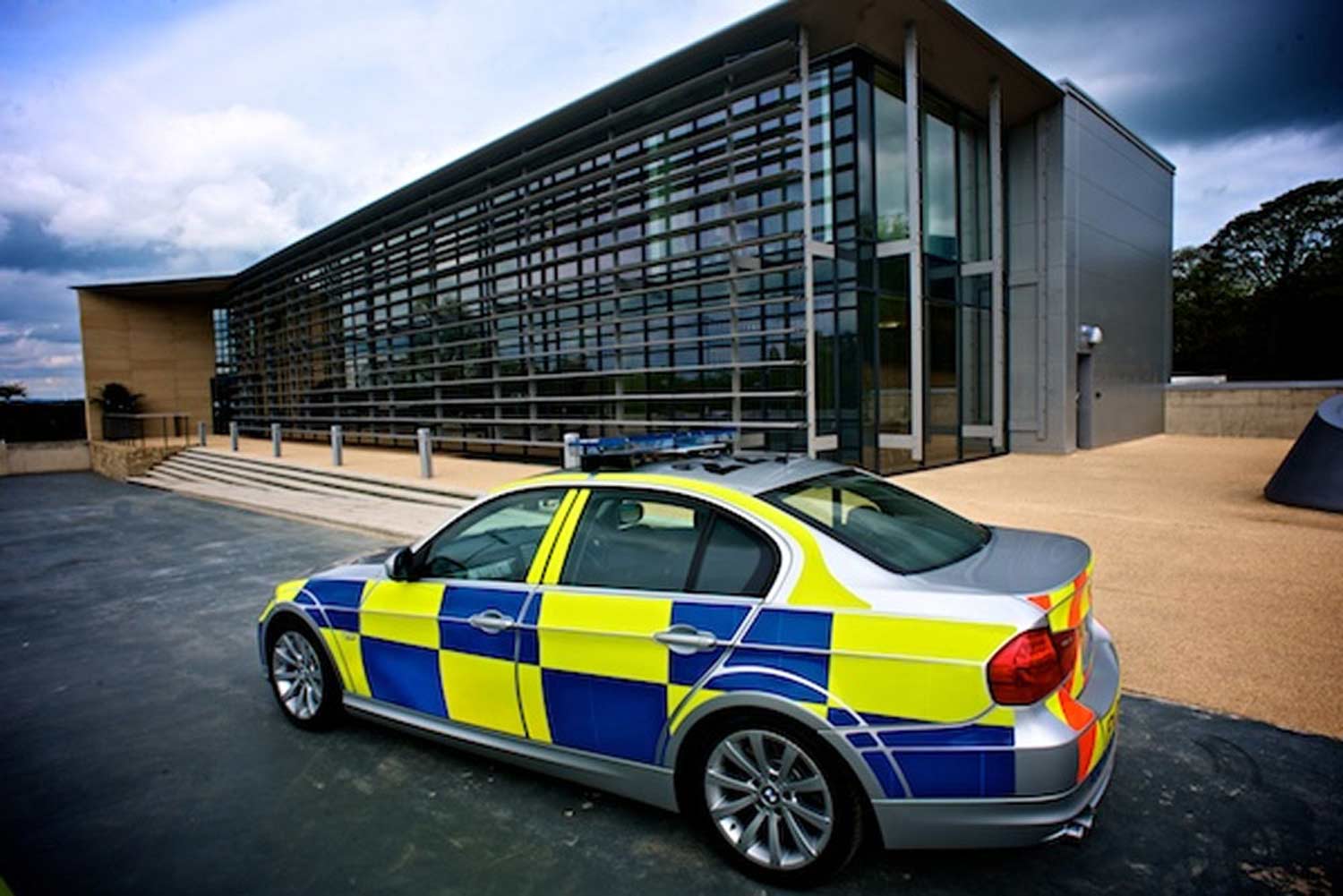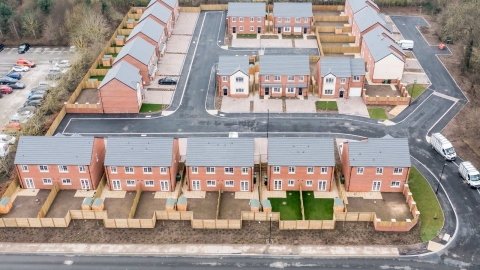New league tables have been published that show how quickly police forces answer 999 calls.
- North Yorkshire has one of the slowest response times to 999 calls with a mean time of 29.3 seconds.
- UK-wide is only Northumberland with a slower time of 33.3
The time it takes each police force in the UK to answer emergency 999 calls has been published for the first time ever, in a bid to further improve the speed of the service provided to the public.
This delivers on a key commitment in the government’s Beating Crime Plan to improve transparency and performance, forming part of the government’s wider ongoing work to cut crime, improve public services and make our streets safer.
On average across the UK, police forces receive a 999 call every three seconds.
Data shows 71% of these are answered within the target of under 10 seconds, with an overall average of 16.1 seconds answer time. This is the first time forces have been able to compare their answering times.
With considerable variation across the country, this information will empower all forces to bring their service up to the public’s expectations.
The first data set covers calls made between 1 November 2021 to 30 April 2022. It shows some forces are consistently responsive, while others require improvement. One such high performing force was Avon and Somerset, who consistently answer over 90% of their 999 calls in under 10 seconds.
Where a large number of calls are answered between 10 to 60 seconds, the public will rightly expect to see improvements where these league tables show they are required.
National Police Chiefs’ Council (NPCC) Lead for Contact Management, Assistant Chief Constable Alan Todd, said:
Today’s release of 999 Performance Data shows the high level of demand being placed on call handlers on a daily basis throughout the UK.
We can see between November 2021 to April 2022, policing answered over 3.7 million calls in under ten seconds and a further 1.2 million in under 60 seconds.
Forces of England, Wales and Northern Ireland strive to answer 90% of 999 calls within ten seconds, with Police Scotland aiming to have a mean answering time of 999 calls answered in under ten seconds.
The 999 Performance Data is helping policing understand the experience of the public from their point of view from the moment they dial 999. We know that there are sometimes lag times in connecting calls to the police and these vary across the country, however this isn’t for a member of public to resolve, it is for us within policing to look at our infrastructure and work with our key partners, including BT, to improve the experience of a member of public calling 999.
We want the public to have access to the data as part of policing being open and transparent. This is the first time police forces and the public have been able to see the time it takes to answer 999 calls from the call being made by the public, it being connected to the police by BT and local providers, to it being answered by police call handlers. We will learn from this data in order to improve the speed at which 999 calls are answered so that the public can expect the fastest possible response when calling 999.
We know that most people will call the police in their time of need, but unfortunately this isn’t always the case and I would like to remind people to only call 999 in a genuine emergency.
There is a huge amount of pressure put on call-handlers, who work tireless to provide the right support and advice in someone’s time of need, but we are far too often seeing some from within our society, inappropriately using 999.
We know one of our biggest areas of concern for 999 calls to the police are prank calls. Not only do they waste police time, it can also delay someone who needs genuine help, in getting it when they need it. When someone dials 999, every second counts, and we can’t have those selfish individuals in our society wilfully wasting police time through prank calls.
To them, my appeal is to be considerate that their actions may be putting someone’s life at risk. People will be calling 999 when they are in need of emergency help, together we must ensure that the lines are not being put under pressure through things like prank calls aimed at wasting police time.
I also understand that some people may be concerned about whether they should be dialling 999 or not and in what circumstances. We know when a member of public calls 999 for something which is policing related, it may not be an emergency and they have to be directed to other services such as 101, which results in inadvertently taking up 999 emergency call handlers time.
The message to the public is that you should absolutely call 999, but do so if a serious offence is in progress or has just been committed; if there is a threat to someone’s life, or they are in immediate danger or harm; if property is in danger of being damaged; or if a serious disruption to the public is likely.
If your call to the police does not fit within these areas but is still policing related and not an emergency, you should contact your local force via the police non-emergency number 101 or via use online reporting via your local force website.
Police Force 999 Answering Times – Averages for 6 months November 2021 to April 2022
| Force | Mean Answering Time (in seconds) | Median Answering Time (in seconds) | % of calls answered under 10 seconds | % of calls answered between 10 and 60 seconds | % of calls answered after 60 seconds |
| Avon-and-Somerset | 6.2 | 4.0 | 92% | 8% | 1% |
| Bedfordshire | 19.2 | 4.0 | 70% | 21% | 9% |
| Cambridgeshire | 13.5 | 8.0 | 72% | 25% | 3% |
| Cheshire | 18.2 | 7.2 | 76% | 17% | 7% |
| Cleveland | 8.5 | 4.3 | 82% | 17% | 1% |
| Cumbria | 11.0 | 7.0 | 83% | 15% | 2% |
| Derbyshire | 10.7 | 8.3 | 58% | 41% | 1% |
| Devon-and-Cornwall | 21.0 | 7.3 | 71% | 21% | 8% |
| Dorset | 17.0 | 8.2 | 63% | 32% | 5% |
| Durham | 22.8 | 10.0 | 41% | 49% | 10% |
| Dyfed-Powys | 10.1 | 4.0 | 81% | 16% | 3% |
| Essex | 12.1 | 6.0 | 79% | 18% | 3% |
| Gloucestershire | 27.1 | 10.3 | 49% | 40% | 11% |
| Greater-Manchester | 24.0 | 7.3 | 69% | 19% | 12% |
| Gwent | 16.1 | 5.0 | 80% | 14% | 6% |
| Hampshire | 12.2 | 8.0 | 72% | 25% | 2% |
| Hertfordshire | 15.7 | 7.3 | 73% | 23% | 5% |
| Humberside | 16.8 | 12.0 | 2% | 95% | 3% |
| Kent | 16.9 | 5.0 | 67% | 26% | 7% |
| Lancashire | 14.0 | 8.5 | 63% | 35% | 2% |
| Leicestershire | 8.4 | 4.0 | 89% | 8% | 3% |
| Lincolnshire | 6.0 | 3.0 | 89% | 10% | 1% |
| Merseyside | 11.1 | 4.0 | 80% | 16% | 4% |
| Metropolitan | 18.8 | 6.7 | 70% | 23% | 7% |
| Norfolk | 8.3 | 5.0 | 84% | 15% | 1% |
| Northamptonshire | 6.4 | 4.0 | 87% | 12% | 0% |
| Northern-Ireland | 9.7 | 7.0 | 76% | 23% | 1% |
| Northumbria | 33.3 | 9.2 | 55% | 29% | 16% |
| North-Wales | 8.9 | 4.2 | 78% | 21% | 2% |
| North-Yorkshire | 29.3 | 14.7 | 44% | 43% | 13% |
| Nottinghamshire | 8.0 | 5.3 | 89% | 10% | 1% |
| Scotland | 10.1 | 6.2 | 84% | 14% | 2% |
| South-Wales | 21.6 | 4.0 | 71% | 18% | 11% |
| South-Yorkshire | 20.5 | 12.0 | 17% | 76% | 7% |
| Staffordshire | 21.3 | 5.0 | 81% | 10% | 9% |
| Suffolk | 19.0 | 5.0 | 81% | 12% | 7% |
| Surrey | 9.6 | 6.0 | 82% | 17% | 1% |
| Sussex | 10.6 | 8.0 | 81% | 18% | 1% |
| Thames-Valley | 11.3 | 6.0 | 83% | 15% | 3% |
| Warwickshire | 9.4 | 4.5 | 78% | 20% | 2% |
| West-Mercia | 11.7 | 8.0 | 78% | 20% | 2% |
| West-Midlands | 23.2 | 6.3 | 63% | 25% | 11% |
| West-Yorkshire | 11.3 | 7.0 | 79% | 19% | 2% |
| Wiltshire | 16.6 | 8.3 | 61% | 34% | 5% |






